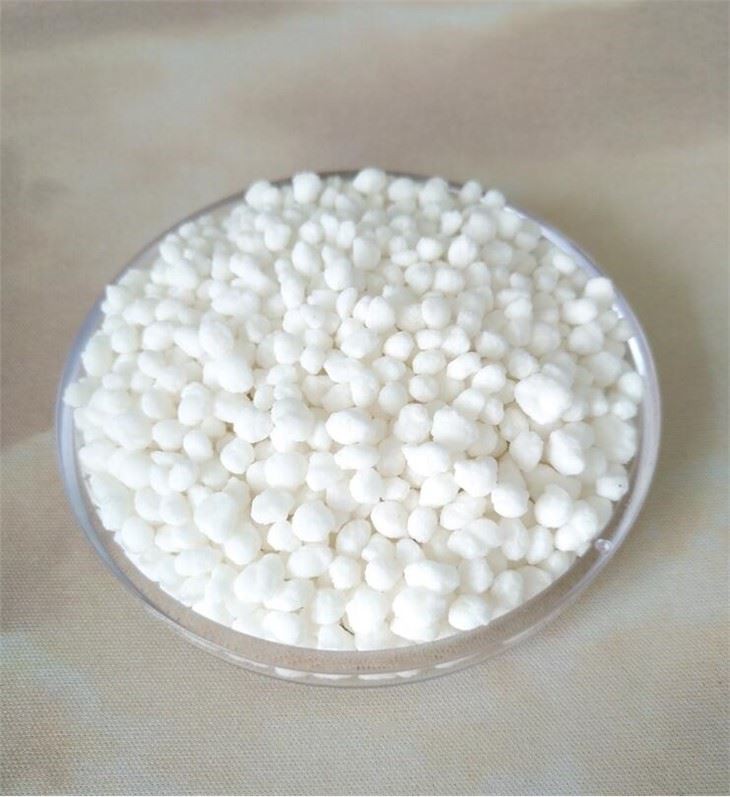



Understanding Sodium Bisulfate Applications in Swimming Pool Maintenance and Water Treatment
Understanding the Role of Sodium Bisulfate in Swimming Pools
Sodium bisulfate, often referred to as dry acid, is a crucial chemical compound widely used in swimming pool maintenance. This compound, with the chemical formula NaHSO₄, is primarily utilized for its ability to lower the pH and total alkalinity of pool water. Maintaining proper pH and alkalinity levels is essential for ensuring a safe and pleasant swimming environment, and sodium bisulfate plays a significant role in achieving this.
Importance of pH Balance in Pools
The pH level of pool water is a measure of its acidity or alkalinity, with a scale ranging from 0 to 14. A pH level of 7 is considered neutral, while levels below 7 are acidic, and levels above 7 are alkaline. For swimming pools, the ideal pH range is typically between 7.2 and 7.8. Maintaining this balance is crucial for several reasons
1. Sanitizer Effectiveness Chlorine, the most commonly used pool sanitizer, is most effective at killing bacteria and algae when the pH is within the recommended range. If the pH is too high, chlorine becomes less effective, leading to unsanitary conditions.
2. Comfort for Swimmers Water that is too acidic or too alkaline can cause skin and eye irritation for swimmers. Properly balanced water enhances the overall swimming experience.
3. Equipment Longevity Imbalanced pH levels can lead to corrosion of pool equipment, such as pumps and filters, and can also contribute to scale buildup, which can damage surfaces and fixtures.
Role of Sodium Bisulfate
Sodium bisulfate is primarily employed when the pH of the pool water rises above the ideal range. When added to the water, it releases hydrogen ions, effectively lowering the pH. Here are some specific applications of sodium bisulfate in pool maintenance
1. pH Reduction If tests indicate that the pool water's pH is too high, adding sodium bisulfate provides a straightforward solution. The amount required depends on the pool's size and the initial pH level, but general guidelines are usually provided on the product packaging.
what is sodium bisulfate used for in pools

2. Alkalinity Control While sodium bisulfate primarily impacts pH, it can also influence total alkalinity, another important factor in water balance. High alkalinity can make it challenging to adjust pH levels, and using sodium bisulfate can assist in fine-tuning both parameters simultaneously.
3. Ease of Use Sodium bisulfate is favored by many pool owners because it is relatively easy to handle and dissolve in water. Unlike liquid acids, which can be hazardous to handle, sodium bisulfate in its dry form is safer and more convenient.
Application Tips
To effectively use sodium bisulfate in pool maintenance, it's important to follow a few guidelines
- Test the Water Regularly testing your pool water is crucial before adding any chemical. Test kits or strips can help you determine pH and alkalinity levels.
- Adding the Chemical When adding sodium bisulfate, it’s best to do so during the evening or at night to allow for even distribution and to prevent rapid evaporation from sunlight. Always follow the manufacturer's instructions for dosage.
- Allow Circulation After adding sodium bisulfate, allow the pool pump to circulate the water for several hours before retesting the pH. This ensures the chemical is well-dispersed throughout the pool.
- Safety Precautions While sodium bisulfate is safer than some other pool chemicals, wearing gloves and eye protection is recommended when handling it to avoid skin irritation.
Conclusion
Sodium bisulfate is an essential component in maintaining a clean, safe, and enjoyable swimming pool. By effectively managing pH and alkalinity levels, pool owners can enhance not only water quality but also swimmer comfort and equipment longevity. Regular monitoring and proper usage of sodium bisulfate will ensure that your swimming pool remains a refreshing oasis all season long.
-
Why Sodium Persulfate Is Everywhere NowNewsJul.07,2025
-
Why Polyacrylamide Is in High DemandNewsJul.07,2025
-
Understanding Paint Chemicals and Their ApplicationsNewsJul.07,2025
-
Smart Use Of Mining ChemicalsNewsJul.07,2025
-
Practical Uses of Potassium MonopersulfateNewsJul.07,2025
-
Agrochemicals In Real FarmingNewsJul.07,2025
-
Sodium Chlorite Hot UsesNewsJul.01,2025










